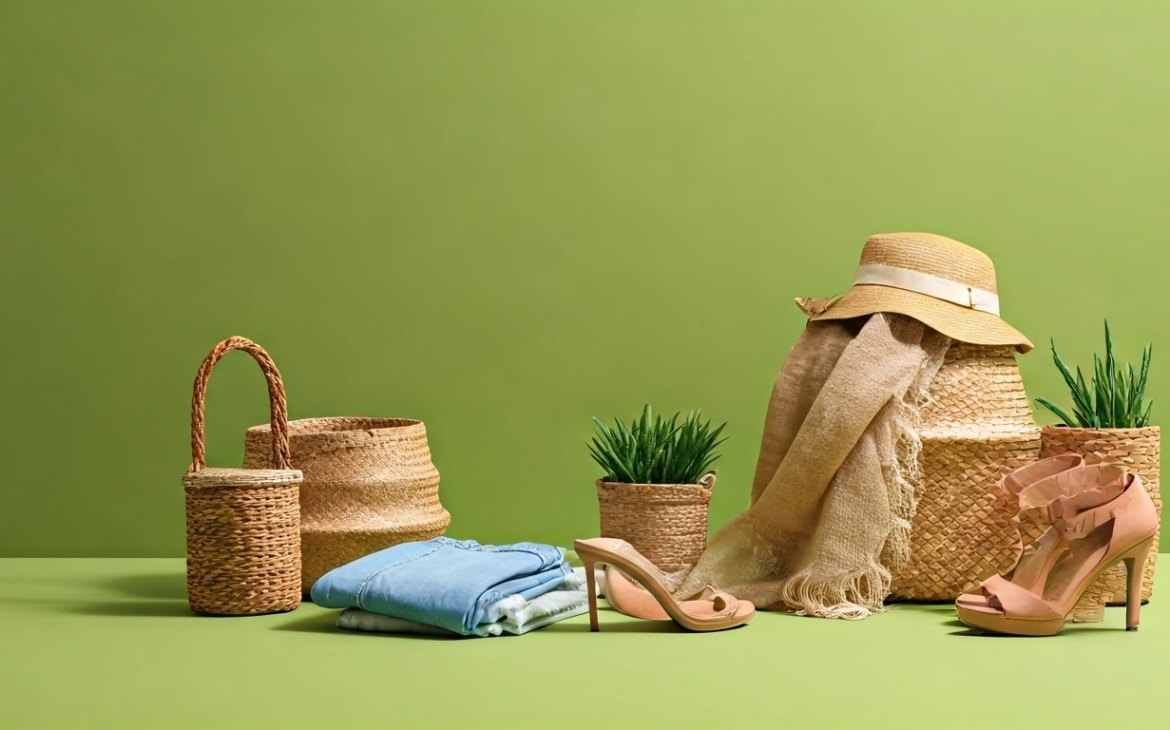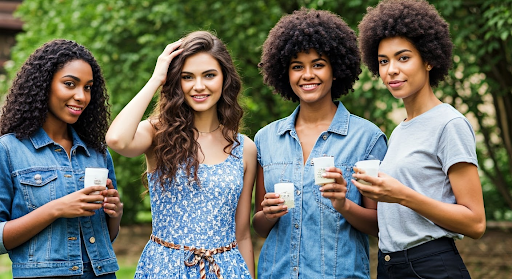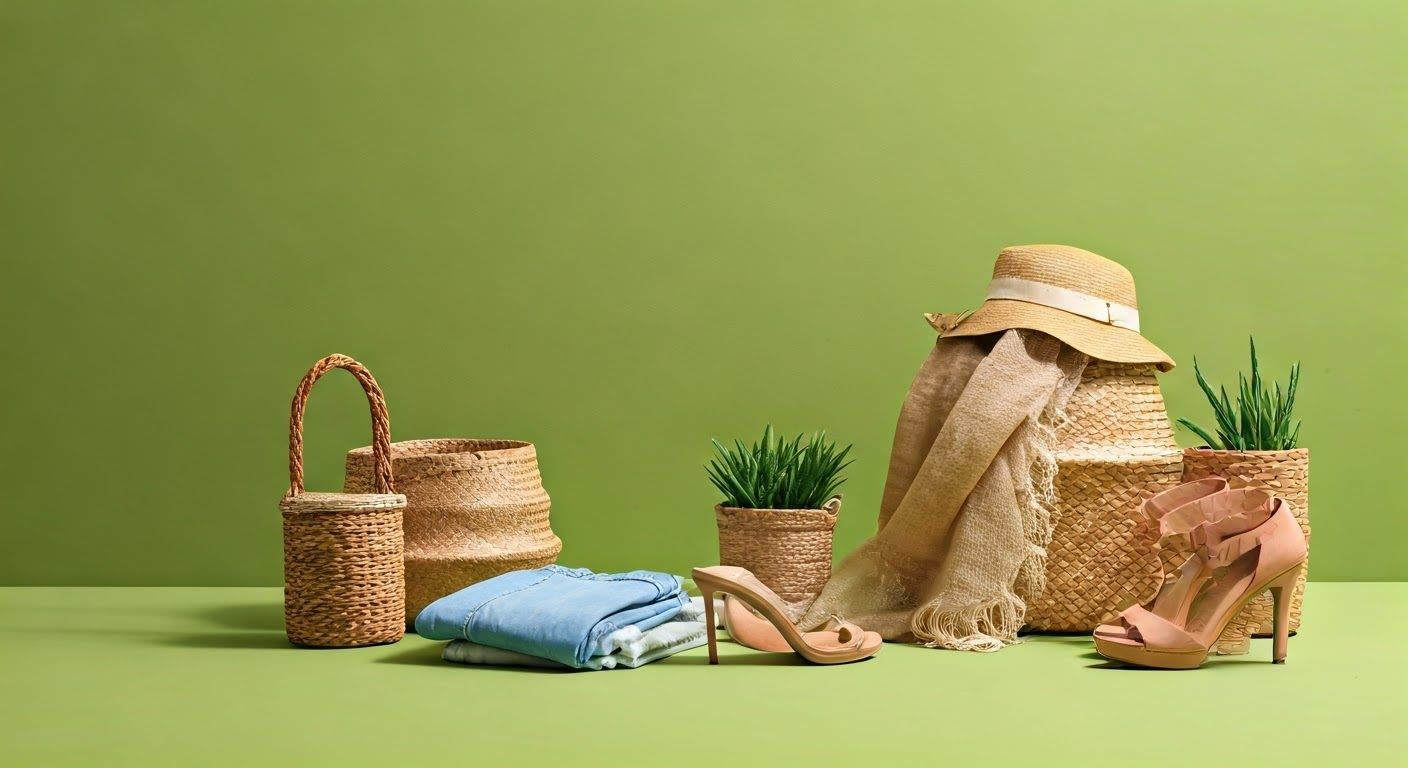
Online shopping has made clothing photography essential for apparel brands to define their identity and meet marketing goals. But capturing stunning shots without models can be tricky. The costs of hiring professional models, coordinating schedules, and managing additional expenses can quickly add up, making it difficult for eCommerce businesses to sustain.
But don’t worry! Fashion photography is shifting toward capturing striking clothing images without models. This blog offers practical tips and techniques to help clothing brands create standout photos that showcase their garments and boost their brand.
You Can Do Stunning Fashion Photography Without Model. Here’s How!
Understanding the benefits of photographing clothes without a model creates interest in executing this technique effectively. The key lies in adopting various ways to do justice to your clothing items. This section discusses distinctive and practical methods to capture engaging product images without using models. These techniques promise to showcase your fashion products efficiently, enhancing their appeal to potential customers.
Also read, The Art of Ecommerce Fashion Photography.
1. Flat Lay Photography
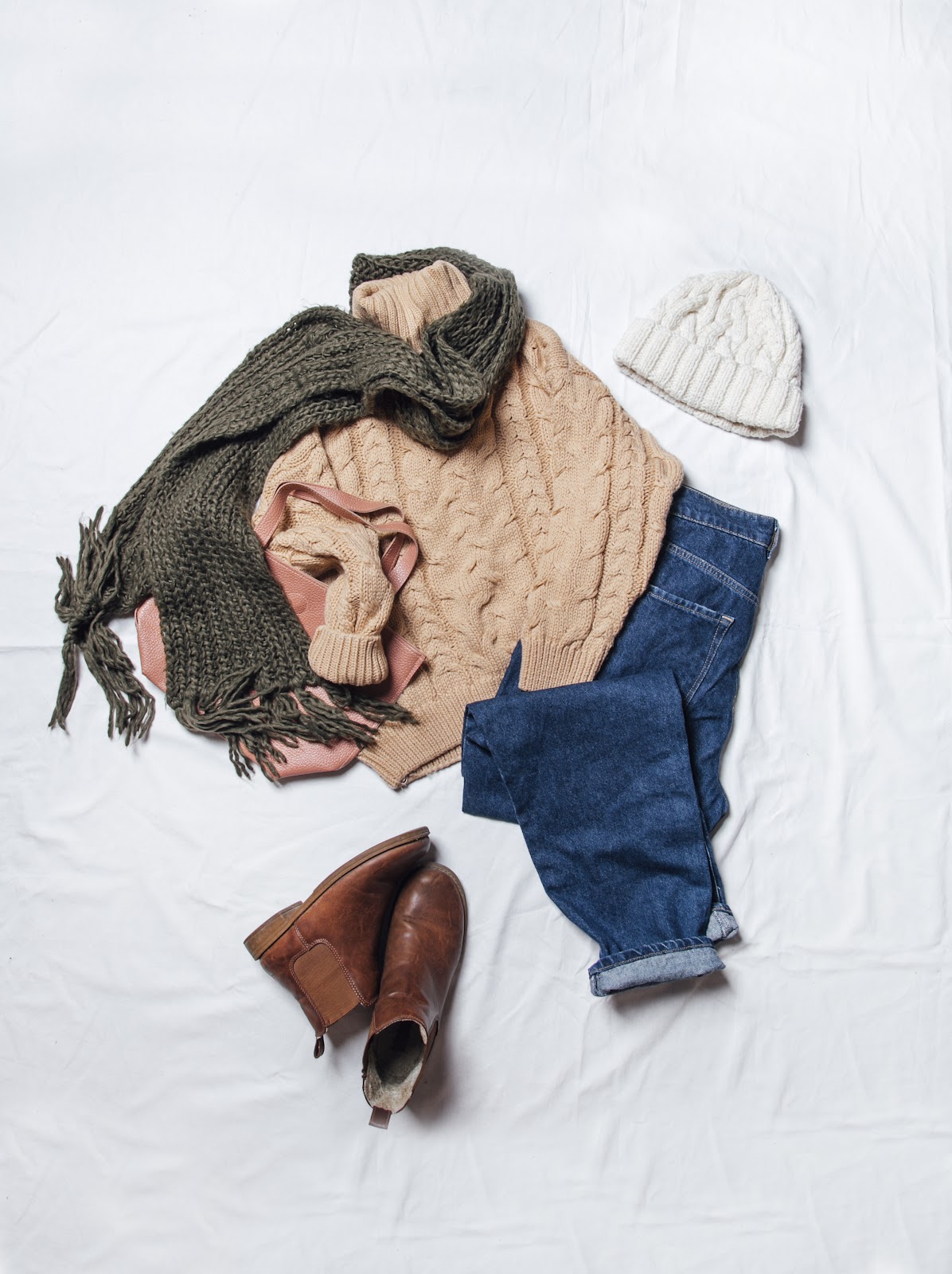
One noteworthy approach is flat lay photography, which involves arranging clothes flat on a table or the floor and capturing the image from above.
This perspective:
- Presents a clear view of the entire garment, allowing customers to discern the design, fabric, and overall style.
- Lends allowance to incorporate accessories like shoes, jewelry, or even elements like coffee to make the picture captivating and enable customers to visualize how they could style the attire.
Ensure proper lighting and compose your shot to garner the best results. Experiment with natural or soft artificial light to let the garments look most attractive. When setting up, balance the arrangement, creating a treat for the eyes.
2. Hanging Apparel Items
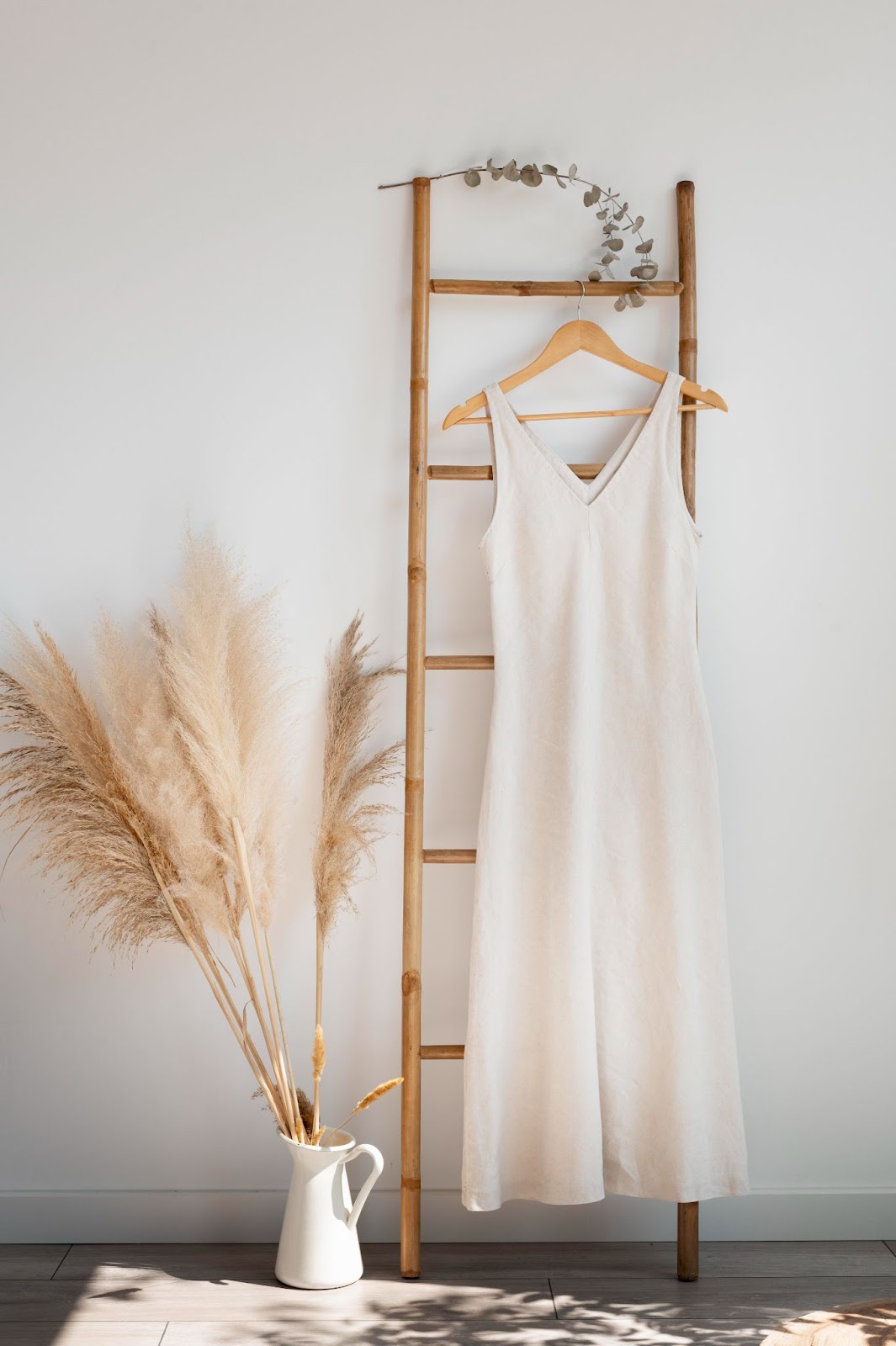
Hanging your apparel items for photography is a quick, cost-effective method offering impactful results.
Here’s how to do it:
- Choose a sturdy clothing rack or a pair of hangers and a nice vibrant color background.
- Hang your clothing item, ensuring it looks neatly presented.
- Place your lighting to enhance the garment.
This method is apt to highlight a garment’s genuine body shape and how it hangs, informing customers about what to expect upon wearing it. Ensure your hanger doesn’t distract and blends well with the clothes, providing a seamless visual experience.
3. Ghost Mannequin Technique
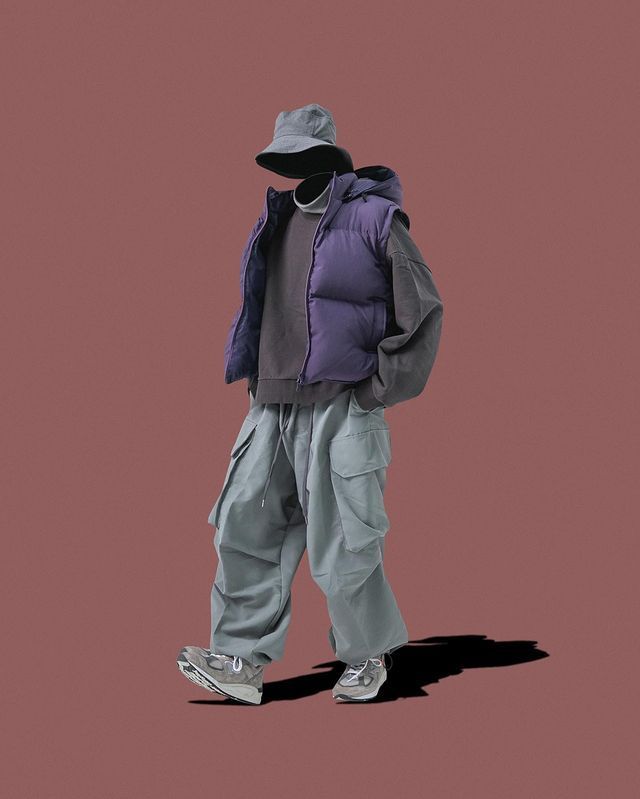
The ghost mannequin technique, also known as the invisible mannequin technique, cleverly simulates the presence of a model without actually utilizing one. This involves initially placing the clothing item on the mannequin for the photoshoot and capturing its accurate shape. Subsequently, the same item is photographed sans the mannequin, focusing on the space representing the human body.
When these images are combined in the post-production phase, the outcome resembles clothes floating on an invisible body, emphasizing the garment’s distinct features without any visual distractions from the mannequin.
Careful detailing during photo shoots and editing ensures a seamless and realistically alluring image.
4. Using a Dress Form or Wired Frame
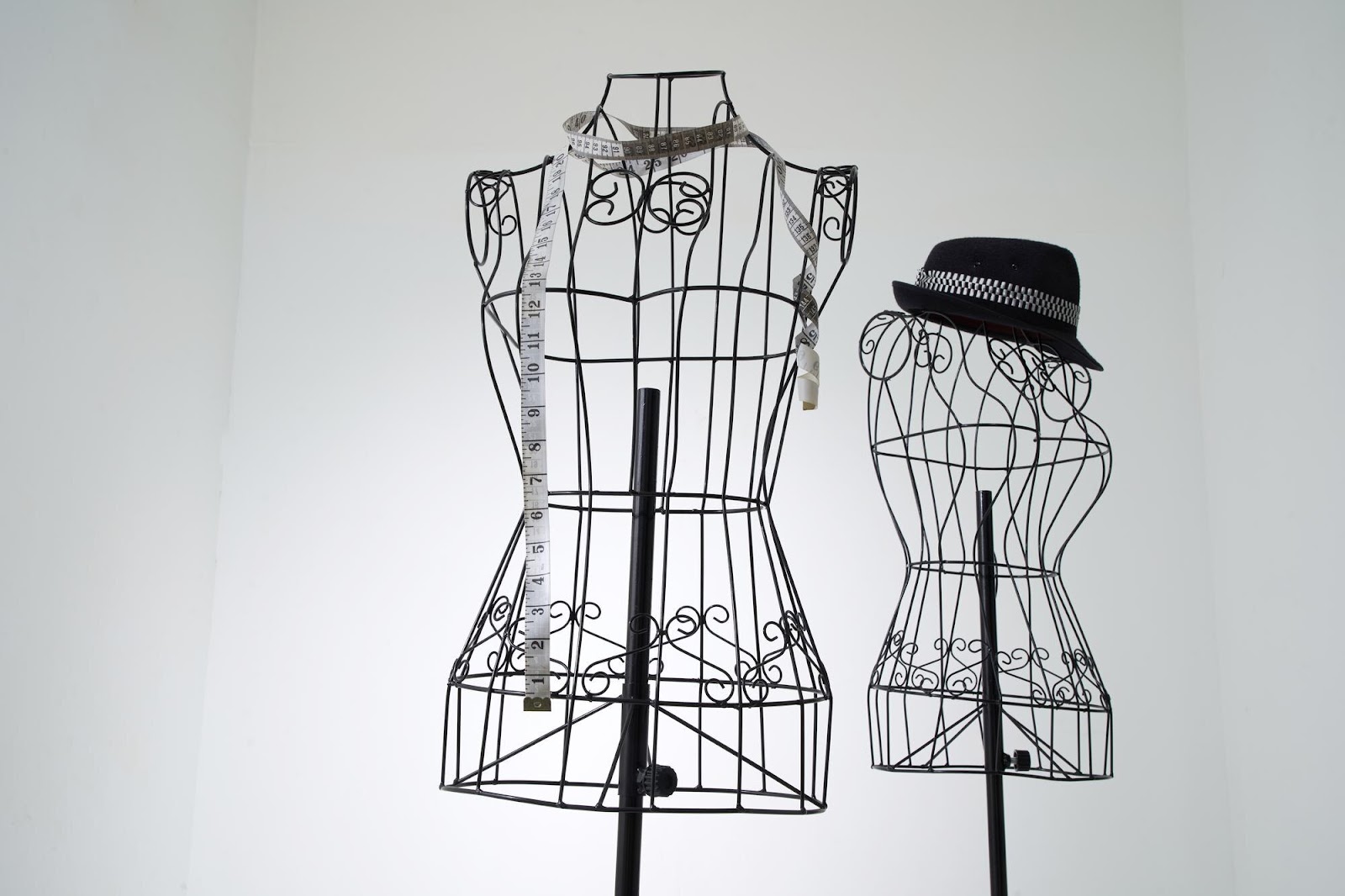
An economical alternative to real models and conventional mannequins is a dress form or wired frame. You can drape your garments on them, achieving a realistic display of fit and draping. Opt for adjustable dress forms to accommodate different sizes. Pleasingly arrange your garments, maintaining good lighting arrangements to capture appealing pictures of clothes.
When using a wired frame, your garments acquire an artistic touch, making the product images adventurous and appealing to a discerning audience.
5. Folded Stacks Presentation
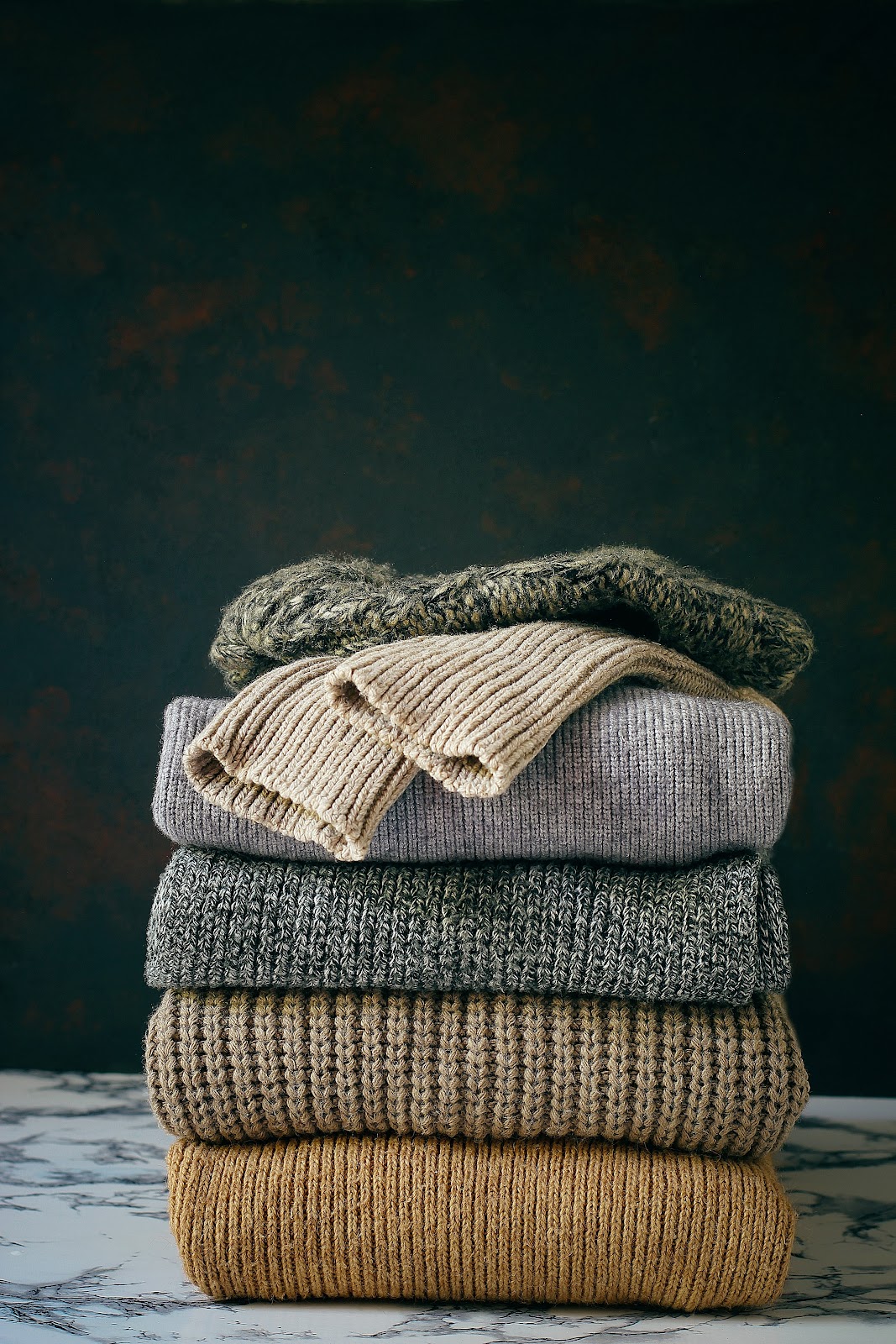
For items like sweaters and scarfs, presenting folded stacks can be a great way to display your product. A neutral-colored background, like a white sheet, optimizes the visual appeal.
For this type of product photography, lay out your apparel, ensuring it appears neat and flatten out any wrinkles, creating a structured visibility of your items. You can even arrange several identical items in a stack, generating a visually appealing and tidy image, distinctively representing its texture and quality.
6. AI-Generated Model Images
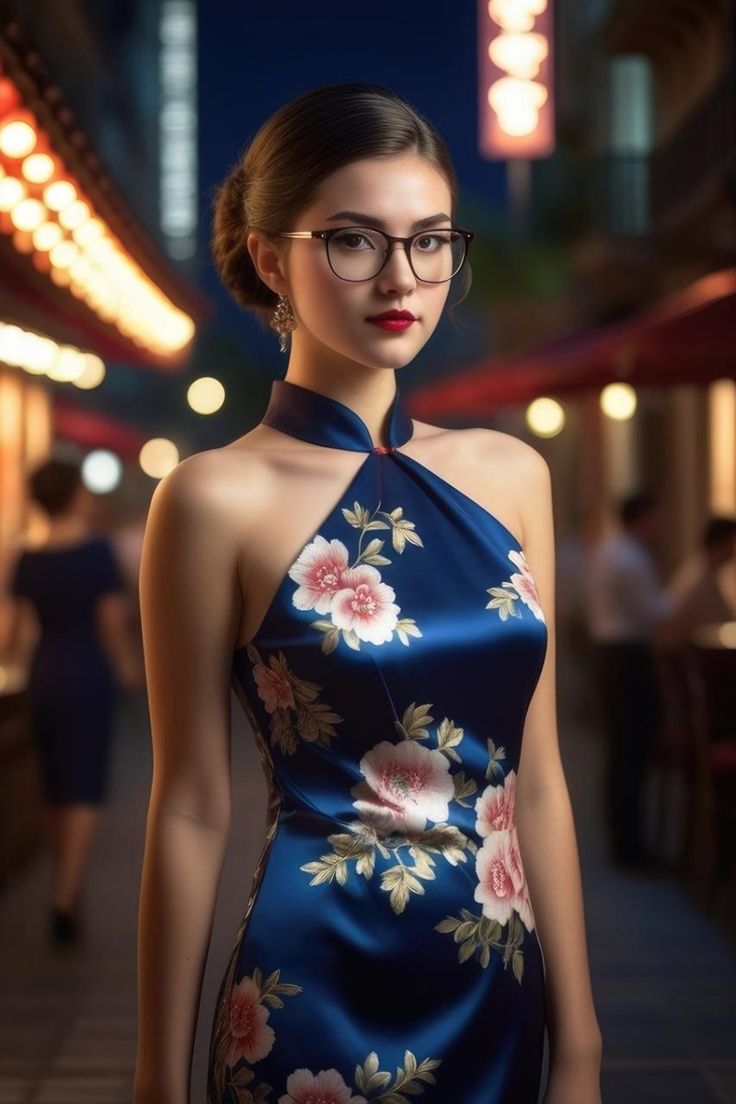
If you lack the time or resources to take photos on your own, another effective way is to use AI-generated on-model images. This involves a computer program creating photos of clothing as if it’s being worn by a model. Several companies, like Flix Studio, offer this service. You can leverage their services to generate model pictures, saving significant time and effort.
Here’s a breakdown of a simple AI process:
- Image Upload: Clear & high-quality clothing pictures serve as reference.
- Virtual Model Setup: You can customize gender, skin tone, age group, etc.
- Desired Outcomes: Provide a text prompt detailing desired results.
- Generation of Images: Clicking a single button yields images meeting your specs.
Read our blog on Unlocking 9 Latest Fashion Photography Trends in 2024
Snap the Look, Skip the Model: Expert Tips on Creating Fashion Photos Without a Model
Want stunning clothing photos without a model? Focus on lighting, backgrounds, composition, and framing. A few post-production tweaks can make all the difference—let’s dig into easy tips for standout shots!
Lighting and Shadows
The interplay of lighting and shadows can significantly influence the quality of your product images. Well-illuminated garments highlight their texture and accurate colors, enhancing their visual appeal.
Using natural light with reflectors can offer a soft glow to your images. If natural lighting is unavailable, artificial lights or studio lights with diffusers also work well. Play around with the direction and intensity of the light to create engaging shadows, adding depth to your photographs.
Always keep the color temperature of your lights consistent to maintain the integrity of the garment colors.
Background Choices
The background selection plays an essential role in making your clothing items stand out. It should:
- Complement: It should enhance the outfit rather than compete with it for attention.
- Neutral: Neutral colors like white, cream, or grey can make the apparel colors pop.
- Consistent: For product photos in an online store, maintaining consistency in backgrounds provides a neat and professional look.
The background choice depends on the clothing type, target audience, and branding needs. Purposeful selection can drastically enhance the appeal of your product images.
Composition and Framing
The composition and framing of your photograph establish the focus and balance within the shot. Position the clothing in a way that makes it a clear point of interest. Arrange any props or accessories in a manner that complements the clothing and does not steal the spotlight. It’s all about finding and maintaining a pleasing balance. Consider different angles and viewpoints to add variety to your images.
A well-composed and tastefully framed photograph makes more than just a commercial statement; it tells a compelling visual story appealing to customers’ aesthetic senses.
Post-Production Techniques
After capturing the pictures, post-production work can elevate the image quality. Here, you can correct any lighting, contrast, or color imbalance or remove any blemishes on the clothing.
Techniques such as cropping, alignment adjustments, and exposure corrections can refine the appearance and appeal of your images. Subtle retouching can add a professional finish to your shots without making them look unnaturally polished.
Also, read our blog on Essential Guide: Type of Fashion Photography Styles
Challenges and Solutions in Model-Free Fashion Photography
Photographing clothes without a model is rewarding but comes with challenges like maintaining shape, showcasing accessories, and using UGC. Below, we will discuss 2 such problems with simple solutions to tackle them.
Maintaining Clothing Shape Without a Model
One of the primary concerns when working without a model is maintaining the shape of the clothing. Without a model to drape the garments, they might appear lifeless or distorted.
A practical solution is using a suitably sized dress form or wired frame to provide shape and structure. In the absence of these, consider using tissue paper or other non-marking materials to fill the garment and maintain its form. Another simple method is laying out clothing on a flat surface or hanging it in a way that echoes the human form, demonstrating the expected fit and look.
Showcasing Accessories and Jewelry
A challenge surfaces when accessories or tiny details of the clothing do not stand out in photos. Precise showcasing of accessories and jewelry is crucial as they often constitute valuable selling points of clothing.
Utilize a half body mannequin and choose close-up shots to capture these intricate details with clarity. Use macro lenses for extreme close-ups, capturing the minute characteristics of these items. Appropriately combining gold or silver accessories with neutral-colored clothing enhances the overall visual appeal.
Redefine Your Product Shoots with Flix Studio’s Expertise
At Flix Studio, we redefine product photography with precision, professionalism, and innovation. Our state-of-the-art studio and adherence to industry guidelines ensure your images meet the highest standards of quality.
With our all-in-one platform, you can manage your photoshoots effortlessly—review images, share feedback, and download files without hassle. Experience unparalleled efficiency through our live shoot feature, where you can witness your garment shoot in real time and provide instant feedback via live chat.
Additionally, Flix Studio’s 60-point High-Quality Image Assurance (HQI) system guarantees impeccable results. Choose Flix Studio for flawless imagery and a streamlined photography experience that elevates your brand to new heights.
Conclusion
Shooting fashion photography without a model presents a unique opportunity to present your clothing products creatively and engagingly. Understanding its inherent advantages and embracing the techniques discussed in this blog can empower your photoshoots, targeting appealing visuals that capture customer attention.
From common methods like the use of dress forms and flat lay photography to modern practices using AI-generated model images, several paths can be utilized to achieve stunning outcomes. Approach these techniques with a dynamic blend of creativity, diligence, patience, and positivity to create stunning fashion photography, leaving your viewers in awe.
Frequently Asked Questions
What equipment is necessary for photographing clothing without a model?
Suitable lighting, a neutral background, appropriate props, and a decent camera are essential for shooting clothing without a model. Depending on the kinds of shots and technique, specific equipment like dress forms, hangers, or wired frames may be needed on the basis of the chosen method.
How can I optimize my fashion photos for social media or eCommerce websites?
Choose high-quality images, use natural lighting effectively, and keep your background clean and neutral to optimize fashion photos. Showcasing multiple angles and providing close-ups to highlight details can ensure customer satisfaction on social media or eCommerce platforms.
Are there professional services available for model-free fashion photography?
Yes, professional services like Flix Studio offer expertise in model-free fashion photography. With innovative techniques and skilled personnel, they help achieve high-quality, engaging clothing images that breathe life into your fashion products, enhancing their appeal to potential customers.

